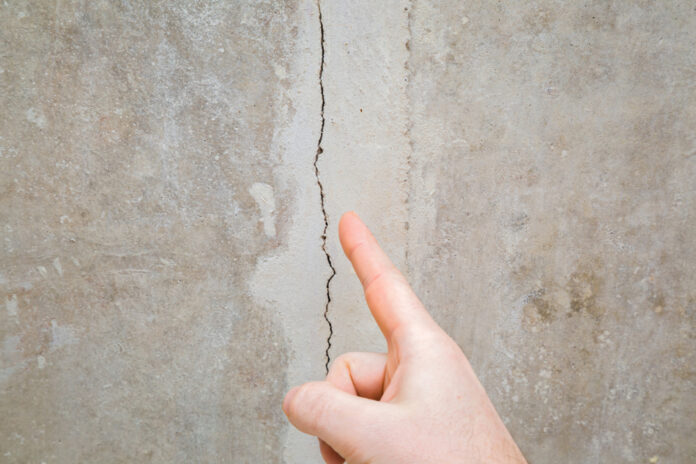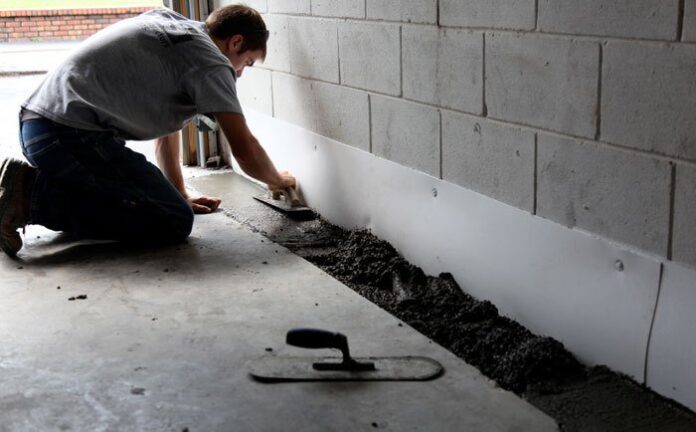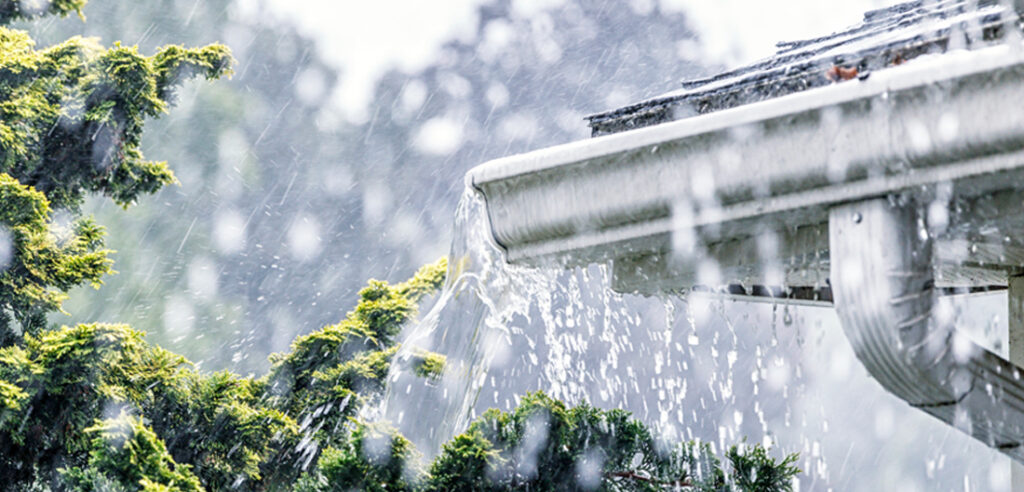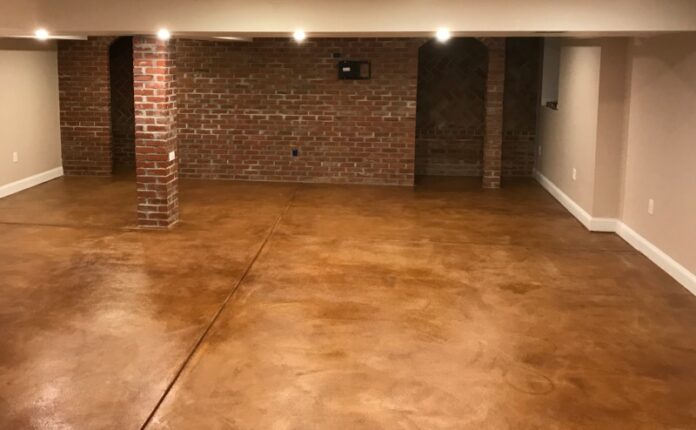Every homeowner who has and frequently uses their basement knows how important it is to the whole house. It is a multi-purpose room that can be used for various forms of storage and pastime, depending on what you own and how you spend your free time. Whatever and however it may be, you will surely agree that having an operational and safe basement is prevalent to using your whole home optimally. With that being said, the biggest problem, and therefore the thing you have to solve first, is waterproofing your basement.
When it comes to basement waterproofing, Kansas City residents understand the importance of this task and how it would be best to deal with it. It is hardly something you can do completely on your own as professional help is usually required. Therefore, you might be wondering how basement waterproofing contractors can help you keep the foundation of your basement dry.
The main reasons for basement moisture and leakage are usually cracks in the floor, missing or outdated windows and doors, insufficient ventilation due to a lack of proper roofing materials, and inadequate foundation adjustments. Any of these factors can lead to your basement being flooded time and time again, which can cause a lot of damage not only to the basement itself and the personal belongings you have in there, but the rest of your home as well.
Basement waterproof contractors like these have the necessary expertise and know-how to address all of these issues. They are equipped with basement waterproofing products that include basement dehumidifiers, vapor barriers, mold inhibitors, and damp proofing compounds. They also use high-tech equipment and materials that allow them to successfully prevent water from seeping into the basement and causing structural damage. In order to bring the solutions to this common problem even closer to you, below are some of the major causes your home may be experiencing basement water leakage problems.
1. Cracks in Basement Walls:

Generally, cracked and isolated basement walls pose problems with moisture seepage because they allow vapor to freely move into the basement. These cracks can easily develop into mildew and mold infestations after several years of neglect. If there is a lot of wooden construction material, it may not even take that long. Therefore, if you want to waterproof your basement, make sure that you address cracks in the foundation and on the walls first and then proceed to look for other potential issues.
2. Basement Mold and Mildew:
Most mold and mildew are rooted in the basement because it is a dark, humid and moist environment and completely surrounded with wet soil and dirt on the outside. It is a completely different ecosystem to that on the ground, so different things need to be done than up above with the ground level portion of the house. During the construction process, the ground can easily get saturated with water resulting in wet areas of the foundation. Moreover, there are also leaks present that allow moisture to seep into the basement. Even when the construction is over, these damp areas can easily develop into mold and mildew infestations. You can prevent basement mold and mildew from developing or expanding further by doing regular inspection and cleaning. Through waterproofing cracks and areas where there are leaks, you can fix the root cause of the problem and eliminate future ones. In addition, you should also prevent certain areas from ever developing mold and mildew as it is better to prevent than treat.
3. Basement Leaks:

There are many reasons why basements may leak and it is not always the problems mentioned already. One of the most common reasons why basements leak is poor maintenance and the lack of care. If you make sure that the drainage tiles are properly tiled, you can prevent basement leaks almost always. Moreover, never use paints or adhesives that are too strong for basement surfaces. Avoid using basement floors that have sharp edges because this can easily rip off tiles and cause cracks. Such little details are easy to pay attention to and implement, but they will ensure that you do not have leaks in one of the most important sections of any building.
4. Foundation Shifts:
While it may seem like something that rarely happens, foundations may and do shift and there are different reasons why. One of these reasons includes the movement of houses and surrounding buildings since the weight influences the ground and the soil and all of it changes over time. Whenever a house or a building shifts, the soil around it also shifts with it. In cases like this, cracks may appear on the walls of your basements. And when these cracks get bigger, they may lead to major problems like seepage into the basement. If the foundation shifts back, there can be huge gaps left between the soil and the pillars of your home, and guess what they will be filled with? That is right, excess water that finds its way through anything.
5. Severe Weather Conditions:

Extreme weather conditions can also cause cracks in basement walls and that much should be a no-brainer. Heavy rain, hurricanes, too much snow, and flooding can cause cracks in basement walls and windows either due to too much weight or too much water all at once. To prevent your basement walls from being damaged, you need to seal them with a basement waterproofing system that can effectively stop water from leaking into your basement. Not only that, but if you live in an area that has increased risks of severe weather conditions, you should choose heavy-duty protection just to be sure. All it may take is one uncommonly strong thunderstorm and your basement could become completely flooded. This will help you save time and effort in patching cracks that you will surely be left with.
6. Home Improvement:
You can solve cracks in the basement and other similar issues with leaking through home improvement projects. If you apply a basement waterproof sealant on these cracks and anywhere else where the planner or a contractor advises, you can prevent moisture from ever seeping into the basement and compromising your foundation. You can apply this sealant to your foundation as well by following the instructions included with the sealant. It is made easy and anyone can do it, especially experienced homeowners who take pride in doing their own house work and maintenance.
7. Basement Painting:

Basement waterproofing does not only stop the leaks from occurring inside the house, but it can also prevent basement walls from getting cracked during heavier storms. When there is no water present on the surface of the walls, you can paint them with waterproof paints. These paints are designed specifically to repel water and they do it incomparably better than regular wall paint. Aside from waterproof paints, another option for waterproofing your basement includes using basement tiles.
8. Repair Kit:
A repair kit for cracks in the basement can be an affordable option compared to other options such as basement walls and tiles and the first response solution. When you choose to fix these cracks with the help of a repair kit, make sure that you choose the right materials for the job. This will help you save more time and effort in finishing the project. The repair kit usually contains everything that you need to waterproof your basement. It does not only include the sealant, but you will still be needing the tools for the job, which include a tape measure, a pencil, screwdriver, drill, and cement to fill cracks.
9. Basement Floor:

Basement flooring is another key feature of this basement remodeling project. To keep the moisture from inside due to cracks in the floor, you should choose special basement waterproof floors. Basement floors made of rubber or composite membrane will prevent the penetration of water up to its maximum level. Another basement key feature that you must keep in mind is the proper setting of the house expansions and contractions. This means that you must also build a suitable drainage system as a part of your new floor. It would be smart to upgrade the whole basement drainage whenever you are changing the floor just to be sure they are in sync.






